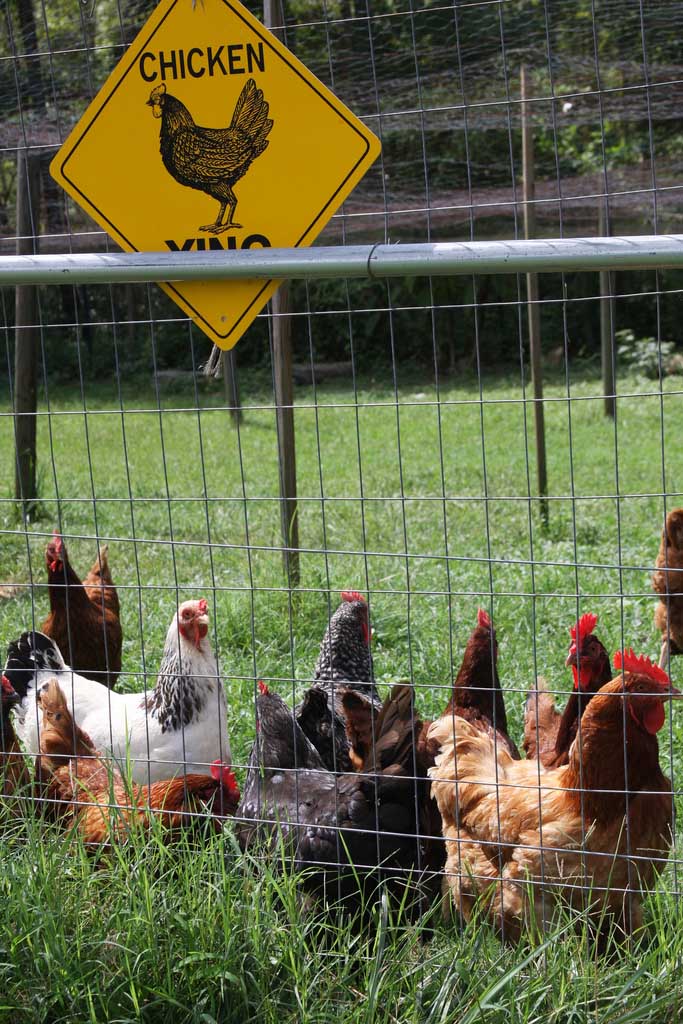Since Dec. 8, 2014, the United States has been dealing with an ongoing outbreak of highly pathogenic avian influenza (HPAI) H5. Wild waterfowl, migrating south from Canada along the Pacific Flyway, brought the virus to the U.S.
While the HPAI H5 virus has caused some severe devastation for the U.S. commercial poultry industry, there have been no reports of infections in humans, and the Centers for Disease Control and Prevention (CDC) considers the risk to people from this virus to be low.
The first U.S. cases were identified along the West Coast — Washington, Oregon and California — in wild bird populations. Since then, the virus spread from wild birds to commercial poultry in 15 states. To date, 219 individual detections have been recorded and just over 48 million birds have been euthanized as a result of HPAI.
The last detection was June 17, 2015. Most experts expect the virus to reappear when the waterfowl again begin their annual migration this winter.
The original virus strain was H5N8, but it mixed with other viruses in bird populations in the flyway, and the H5N2 and H5N1 strains emerged.
Nearly all previous cases of human infections with avian influenza involved close, direct contact with infected poultry, but little to no direct transmission from person to person. Humans won’t be infected with avian influenza by eating chicken or poultry products.
Influenza comes in three types: A, B and C. Avian influenza is a type A influenza virus that occurs naturally in wild, aquatic birds worldwide. Type A influenza has been the source of every pandemic outbreak of flu; however, type A influenza viruses do not usually infect humans.
Type C influenza causes mild disease in humans. Type B influenza causes more severe disease in humans but has never caused a worldwide pandemic.
Those who get an annual flu shot might be familiar with another designation for influenza: H and N. This refers to the hemagglutinin and neuraminidase proteins that are present on the surface of all influenza viruses. These proteins are used to identify each strain of the influenza virus. The H protein also helps to determine how pathogenic, or severe, a virus may be.
There are currently 16 H- and nine N-type proteins known. Avian influenza can be found in all combinations of H and N, though only the H5 and H7 subtypes can be highly pathogenic for poultry.
In the rare instances in which there were reported cases of human infections with type A avian influenza, direct or close contact to live, infected poultry was identified as the originating source. The spread of type A avian influenza viruses from person to person is rare.
H7 avian influenza did infect people in China in 2013 and in British Columbia, Canada, in 2015. In both cases, the people were in close contact with live, infected birds in China. Documented cases have been sporadic and not widespread.
Of course, there is always a chance that type A influenza could develop the potential to infect and spread easily among humans. Extensive monitoring protocols are followed by state and national government agencies for both human and poultry infections.
The current HPAI H5 outbreak in the U.S. is a concern for the commercial poultry industry, not the general population. This virus is not likely to infect people. It is being very closely monitored and all infected birds are properly disposed of and documented.
For more information on avian influenza, visit cdc.gov/flu/avianflu.








